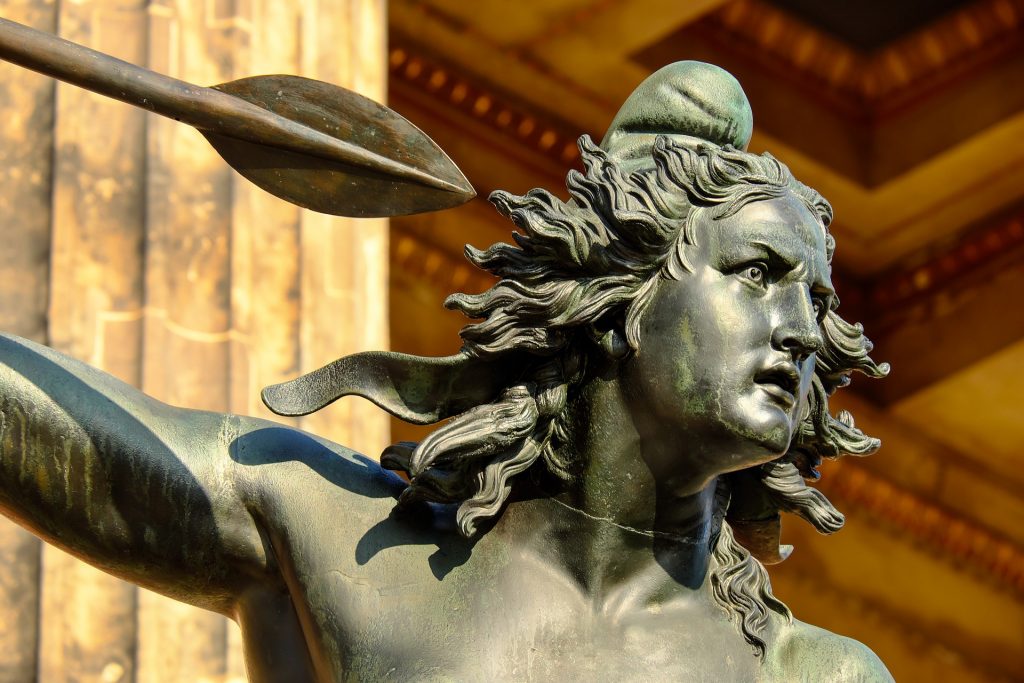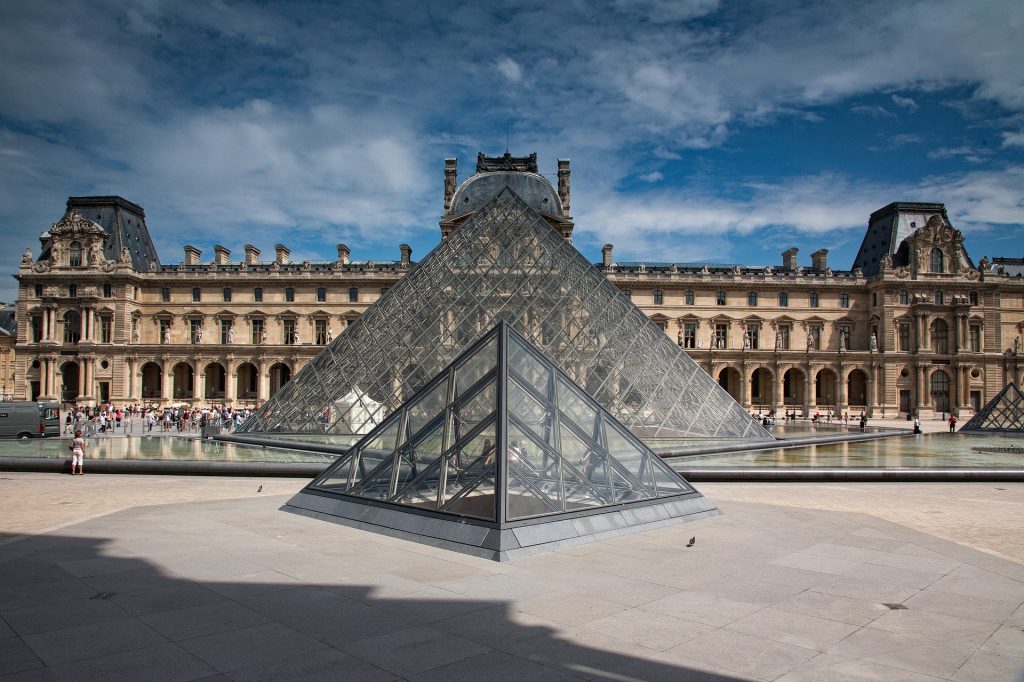The importance of diverse museum objects

What actually constitutes an object to be put in a museum? This is actually a difficult question to answer or perhaps seek a definitive answer to. There are museums of many various kinds which cater to different audiences and interests. There are museums for classical, ancient roman and modern art to name a few. These are perhaps the more popular ones for the general public. Besides these there may be thousands more kinds of museums that will peek the interest of a curious visitor. Just because a museum does not cater to your specific interest does not mean you should avoid going to any museums.

Returning back to our question. If we consider it for a moment, what is actually an interesting object to be displayed in a museum? What factors does it need to have to be considered a place in a museum? A rich history can be one thing, i.e. an object being of old age and having great historical value. Another could relate to the creator of the object. This is actually a tricky one since art and beauty is in the eye of the beholder. There is essentially no one constituting whether an object can be considered as art or not. There are obviously people deciding what to display in the museums, however if no one showed up to view the artworks the people in charge would have to reconsider their chosen collection.
It is not easy to tell by a layman why a renaissance painter, for example, can be considered a master. Perhaps you can mention difficult techniques and fantastic compositions. However for an individual with no experience it may be considered as not that impressive and that it should not belong in a museum. This is why there are so many different kinds of museums in all over the world. On display there can be torture devices, medical instruments, and toy collections. There is essentially no limit to how diverse a museum can be with their objects. There are many tastes out there, and museums should always strive to present collections which will cater to both big and small interests.
